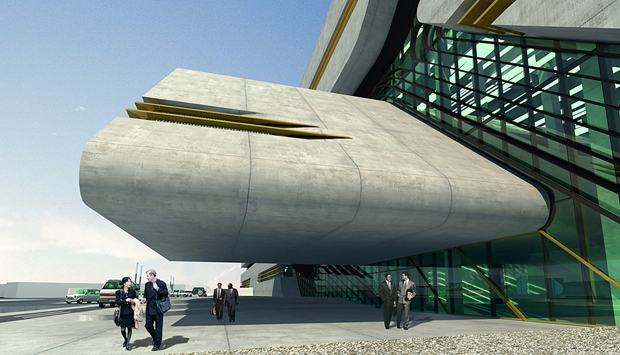
2012 in architecture
In an age of e-readers libraries seemed to pop up everywhere, emerging economies built entire cities to cope with rapid urbanisation and young guns eschewed big commissions to create something small, local and sustainable
The death at the tail end of this year of Brazil’s grand old man of modernism, Oscar Niemeyer, gave the architectural world a chance to pore again over his best-known works: the government buildings of the new capital Brasilia. And Niemeyer’s Brasilia provided the backdrop for what was the big architectural story of 2012. More than half a decade since that city's inauguration, there is a fresh batch of schemes afoot for new conurbations in China, the Middle East, and Brazil itself.
Exploding populations and a laissez-faire attitude to Mother Nature meant that governments of the most up-and-coming developing countries in 2012 increasingly saw a brand new town as the answer to overcrowding and poor infrastructure.
So it was announced this year that north-eastern Brazil will be home to a new conurbation for 100,000 people, designed by big hitters Broadway Malyan; Kohn Pedersen Fox Associates meanwhile is behind China’s Meixi Lake city, which they describe as “an experiment in future city planning and building”; and Foster + Partners is still at work on Abu Dhabi’s Masdar City.
Perhaps unsurprisingly, China provided the most wow architecture this year with impressive and imposing structures taking root in the fast-growing metropolises of Chengdu, Shenzhen, Dalian, and Guangzhou. “The next two decades in China could present the most momentous migration in human history as the unique situation there calls for unprecedented architectural and urban prototypes to redirect rapid urbanisation,” said Steven Holl.
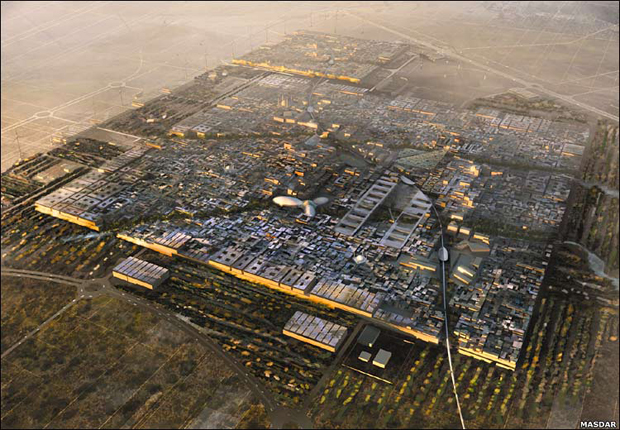
Naturally these massive urban planning jobs automatically went to the world’s biggest and most established firms, some of which have plenty of clout but may not boast much charisma. Meanwhile the latest high-profile, wow-factor schemes went to the similarly described talent, those handful of starchitects who, like certain pop-stars, we are now on first name terms with: Rem, Renzo, Zaha, Frank, Toyo, Shigeru. Norman, interestingly, seems to straddle both categories.
When a developer gets one of these personalities on board, the very least they can expect is plenty of press coverage. So this year we heard all about Hadid’s Pierres Vives Building in France, her art museum for Michigan State University, and her National Stadium in Tokyo.
As the big new commissions all but dried up in the cash-strapped West, in 2012 the first and second tier practices increasingly turned their sights to the developing nations. By now, it’s taken as read that they’ve got deep-rooted outposts in India, and the Far and Middle East.
But when they’re not chasing after the yuan or the dirham, they’re hoovering up the few remaining big-ticket projects back home. Personality still counted it seems even when local planning laws didn’t allow imaginations to run wild - the death of the starchitect seems unlikely in 2013.
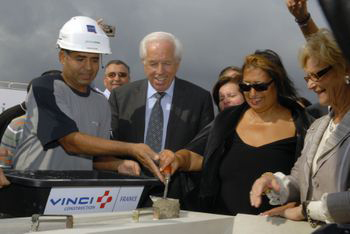
This year also saw savvy practices hone their cultural credentials because even the most deprived post-industrial wasteland knows the potential value of an eye-catching arts destination. There were high hopes from northern France to Taiwan that the Guggenheim effect can still be repeated ad infinitum.
The Louvre’s first satellite opened with this in mind, and SANAA’s glazed structure in little-known Lens has so far gone down well – with the architecture press at least. The scheme’s landscape architect, Catherine Mosbach was well aware of the role the new gallery could play when she said: “There is a huge schism between this precious object and its environment. The people here aren't young and cool, they have money problems, they might not feel comfortable in a museum.”
Similarly, the residents of the down-at-heel English coastal town of Hastings must have had their fingers crossed that their hosting of Jerwood Gallery’s sister building by HAT Projects, would spread a bit of that Bilbao sparkle.
And while it may seem counter-intuitive, with the rise and rise of e-readers, with real books being sold so cheaply online, and with governments of all hues tightening their belts, 2012 was a boom year for new libraries.
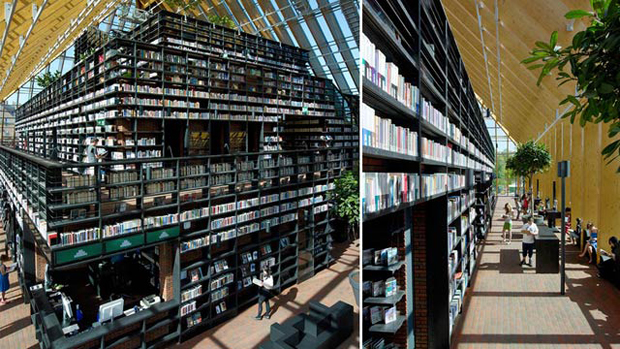
David Adjaye put up two in Washington DC this year, Rotterdam now has its massive MVRDV-designed Book Mountain, Scandinavia’s biggest public library - by Schmidt Hammer Lassen – is going up in the Danish city of Aarhus, Foster has just announced plans to restore one in New York and South London now boasts Clapham One library by Studio Egret West.
Some of these, of course, were signed off before the current downturn, and others – like Clapham One – have benefited from some private funding.
While the old timers have had to sharpen their nails to get at the few remaining deep-pocketed clients, where has that left the fledgling practitioners? While Architecture colleges around the world continued to bring on the next generation, with redundancies still happening, there just weren’t the jobs to go round at existing firms.
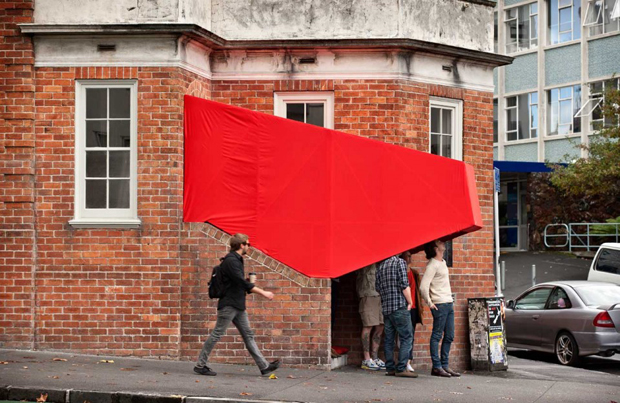
So 2012 saw great examples of young talent just getting on with it and doing it for themselves. OH.NO.SUMO, a collective of architecture graduates in Aukland, New Zealand even tucked a miniature cinema into the steps of a local building. Alongside self-initiated projects, more and more youngsters displayed a social conscience, like the three architecture students at the university NTNU in Norway, who make up Studio TACLOBAN. With a non-governmental organisation in the Philippines they built a school for slum dwellers in the city of Tacloban. This was a low-budget affair, costing a mere £6,500. So while it’s not going to make anyone involved rich, it got them good exposure and they’ve since been asked to do a similar project in India.
Perhaps socially-aware architects like those at TACLOBAN wouldn’t take a job at a purely commercial firm these days, even if it was offered to them. Or perhaps an opening at one of those practices which combines commercial work with meaningful pro bono or worthy schemes would be appealing.
2012’s crises certainly provided an opportunity for many firms – young and old. Certainly there have been plenty of humanitarian crises to pick from. Shigeru Ban is carving a niche as a constructor of clever temporary cardboard structures in earthquake zones – housing in Japan and a cathedral in Christchurch, New Zealand.
So while the starchitects continued to grab the headlines, and to appeal to well-funded, ambitious clients 2012 was all about the next generation making their own noise with self-generated projects and not-for-profit schemes. They too might one day get a slice of the mainstream pie – if they want it, of course.
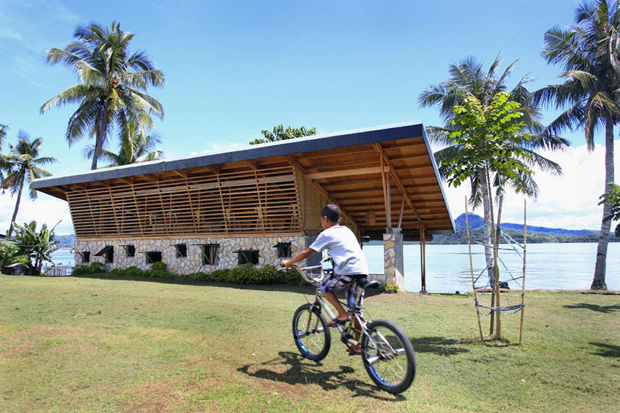
This year we've published some of our best ever architecture books, among them Concrete, Understanding Architecture, The Future Of Architecture Since 1889, and the very wonderful 20th Century World Architecture.